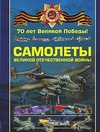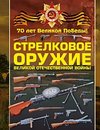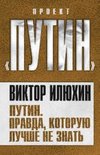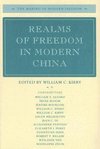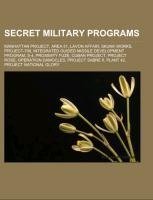
-
 Anglický jazyk
Anglický jazyk
Secret military programs
Autor: Source: Wikipedia
Source: Wikipedia. Pages: 57. Chapters: Manhattan Project, Area 51, Lavon Affair, Skunk Works, Project-706, Integrated Guided Missile Development Program, S-4, Proximity fuze, Cuban Project, Project ROSE, Operation Damocles, Project Sabre II, Plant 42, Project... Viac o knihe
Na objednávku, dodanie 2-4 týždne
17.19 €
bežná cena: 19.10 €
O knihe
Source: Wikipedia. Pages: 57. Chapters: Manhattan Project, Area 51, Lavon Affair, Skunk Works, Project-706, Integrated Guided Missile Development Program, S-4, Proximity fuze, Cuban Project, Project ROSE, Operation Damocles, Project Sabre II, Plant 42, Project National Glory, Integrated Missile Research and Development Programme, Mount Yamantau, Operation Bumblebee, 816 Nuclear Military Plant, P. O. Box 1142, Have Doughnut. Excerpt: The Manhattan Project was the effort, led by the United States with participation from the United Kingdom and Canada, which resulted in the development of the first atomic bomb during World War II. From 1942 to 1946, the project was under the direction of Major General Leslie R. Groves Jr. of the US Army Corps of Engineers. The Army component of the project was designated the Manhattan District or Manhattan Engineer District (MED), but "Manhattan" gradually superseded the official codename, "Development of Substitute Materials", for the entire project. The project had its roots in the October 1939 Einstein-Szilárd letter, written by prominent physicists and signed by Albert Einstein, which warned President Franklin D. Roosevelt that Nazi Germany might develop nuclear weapons. The Manhattan Project began as a small research program that year, but eventually employed more than 130,000 people at a cost of nearly US$2 billion ($24.4 billion in current dollars). Research and production took place at more than 30 sites, some secret, across the United States, the United Kingdom and Canada. The three principal sites of the project were the plutonium-production facility at the Hanford Site in eastern Washington state, the uranium enrichment facilities at Oak Ridge, Tennessee, and the weapons research and design laboratory at Los Alamos, New Mexico. Two types of atomic bombs were developed during the war. A relatively simple gun-type fission weapon was made using uranium-235, an isotope of uranium that makes up only 0.7 percent of natural uranium. This isotope proved difficult to separate from the main isotope, uranium-238, since it is chemically identical and has almost the same mass. Three methods were employed for uranium enrichment: electromagnetic, gaseous and thermal. Most of this work was performed at Oak Ridge. The gun-type design proved impractical to use with plutonium so a spherical implosion-type weapon was developed in a concerted design and construction effort a
- Vydavateľstvo: Books LLC, Reference Series
- Rok vydania: 2019
- Formát: Paperback
- Rozmer: 246 x 189 mm
- Jazyk: Anglický jazyk
- ISBN: 9781155270128
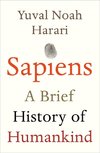
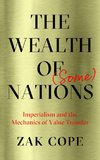
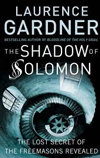


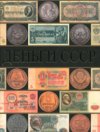
 Ruský jazyk
Ruský jazyk 